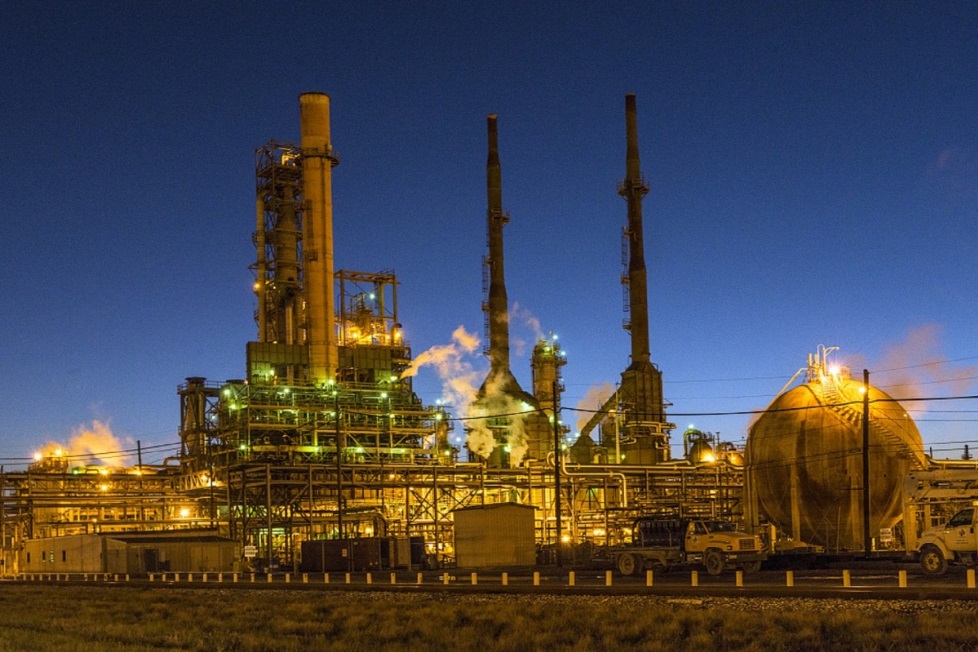
U.S. inventories of distillate fuel oils such as diesel and heating oil have been depleting since the start of March, reversing some of the accumulation over the previous five months, mostly because of an acceleration in exports.
Distillate stocks stood at 112 million barrels on April 14, down from 122 million on March 3, according to the U.S. Energy Information Administration (“Weekly petroleum status report”, EIA, April 19).
Inventories were -18 million barrels (-14% or -1.16 standard deviations) below the prior ten-year seasonal average, widening from a deficit of -12 million (-9% or -0.73 standard deviations) six weeks earlier.
The recent run-down in inventories has partially reversed the previous accumulation, which had seen the deficit narrow from -31 million barrels (-22% or –2.05 standard deviations) on October 7.
Consumption of distillate fuel oil remains subdued as a result of the widespread downturn in manufacturing and freight activity since the third quarter of 2022.
Consumption and production have increased by a similar amount since the start of March, indicating little change in the domestic balance.
But net exports have accelerated significantly, to an average of more than 0.9 million barrels per day in the most recent five weeks from less than 0.7 million b/d in late January and early February, depleting stocks.
PRICES SOFTEN
Despite the recent tightening of inventories, nearby futures prices and calendar spreads have remained under pressure.
Front-month futures prices for ultra-low sulphur diesel delivered in New York Harbor have halved to $105 per barrel, down from $198 at the end of May 2022, after adjusting for inflation.
In real terms, prices are in the 58th percentile for all months since 1990, down from the 98th percentile at the end of May 2022, as concerns about fuel availability have eased.
The one-year calendar spread, closely tied to the expected production-consumption balance, has slumped to a backwardation of less than $4 per barrel, down from $68 on Oct. 28 and $90 on April 28, 2022.
Traders no longer anticipate a shortage of distillates as a result of Russia’s invasion of Ukraine and the U.S. and EU sanctions imposed in response.
Instead the downturn in the global industrial cycle, rising interest rates, and a relaxed approach to sanctions enforcement have ensured distillates remain plentiful.
Inventories have increased consistently across North America, Europe and Asia since hitting a low in the third quarter of 2022.
Futures prices for distillates have fallen even faster than for crude petroleum as concerns about limits on refinery capacity have eased.
The gross refinery margin or crack spread for turning Brent into diesel with both delivered in December 2023 has fallen to less than $26 per barrel from $42 in mid-October.
CYCLICAL SLOWDOWN
The broader picture is still that U.S. distillate consumption is falling in line with the slowdown in manufacturing and freight activity.
The volume of distillate supplied to the domestic market in January 2023, a proxy for consumption, was the lowest for the time of year since 2017.
The volume supplied in the three months from November to January, which smooths out some month-to-month volatility, was the lowest since 2015.
Consumption in November-January was down -4.4% compared with the same period a year earlier, a contraction previously associated with a mid-cycle slowdown of cycle-ending recession.
For now, inventories are still well below the long-term average, ensuring prices, calendar spreads and cracks have remained elevated.
Stocks at the end of January were the lowest for the time of year since 2014 and before that 2003 (“Petroleum supply monthly”, EIA, March 31).
Inventories are also very low in Europe and Asia.
But distillate supplies now appear to be in balance with consumption, or even a small surplus, after a persistent and unprecedented deficit between the middle of 2020 and the middle of 2022.
If the cyclical slowdown persists, or deepens, inventories should gradually climb back towards the long-term average throughout the remainder of 2023 and into 2024.
John Kemp is a Reuters market analyst. The views expressed are his own.